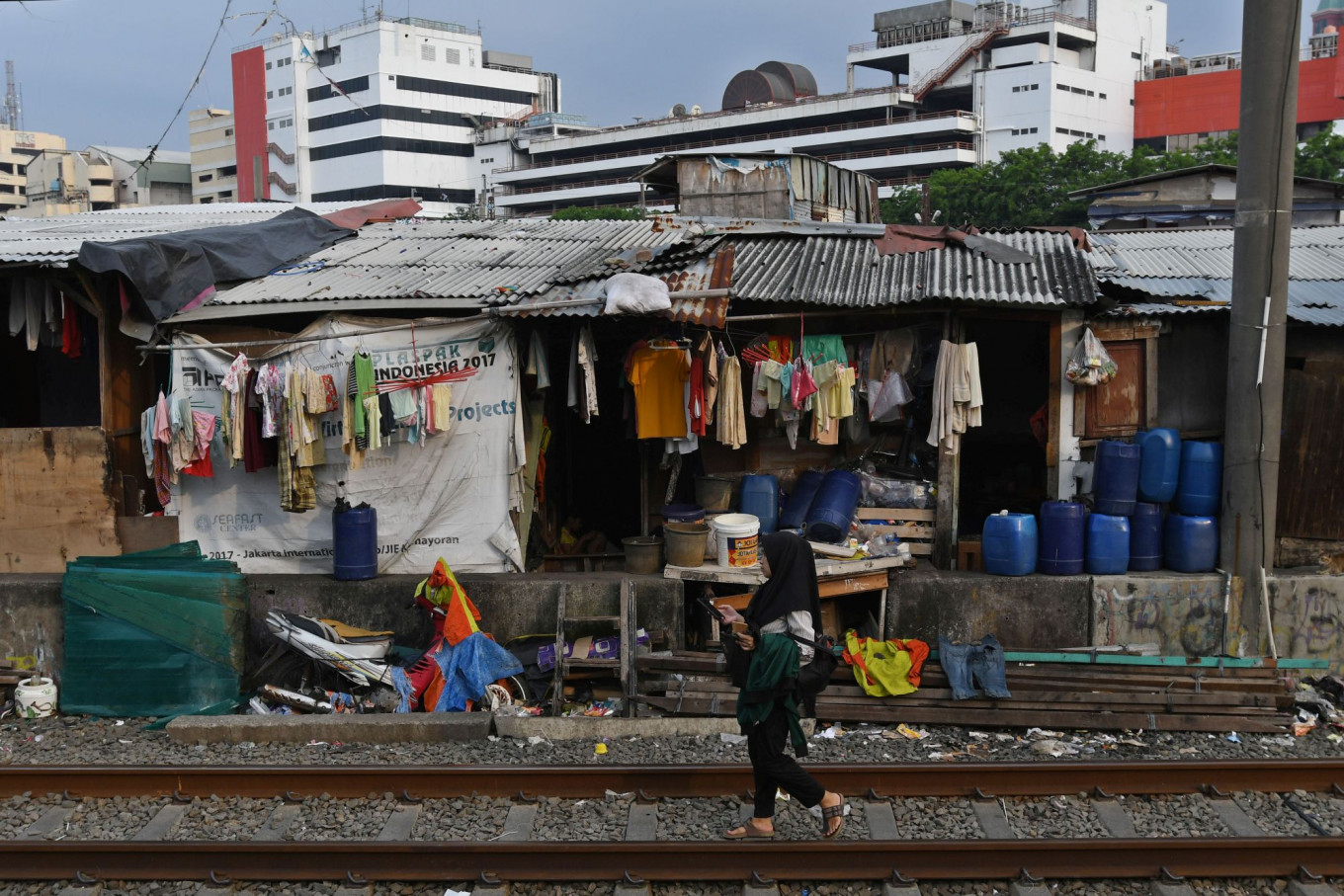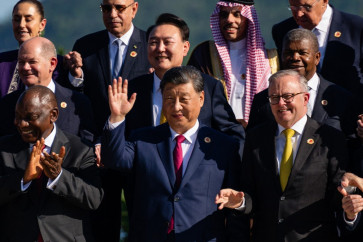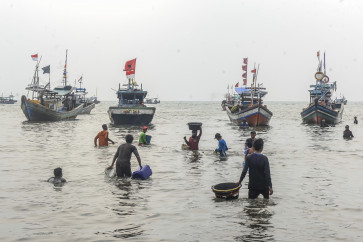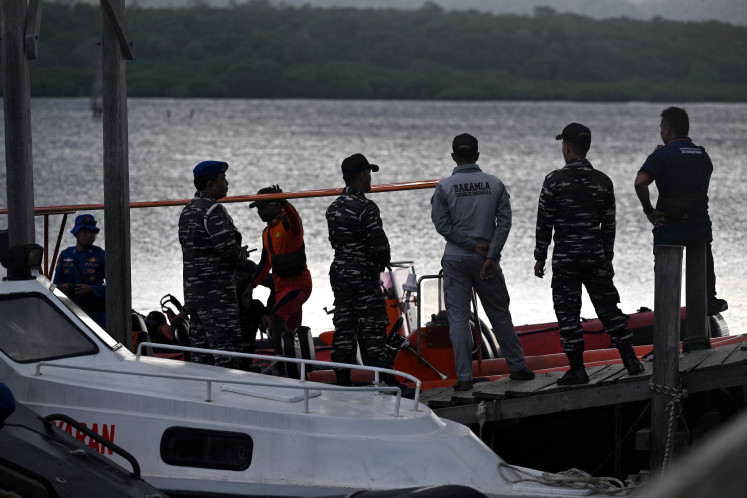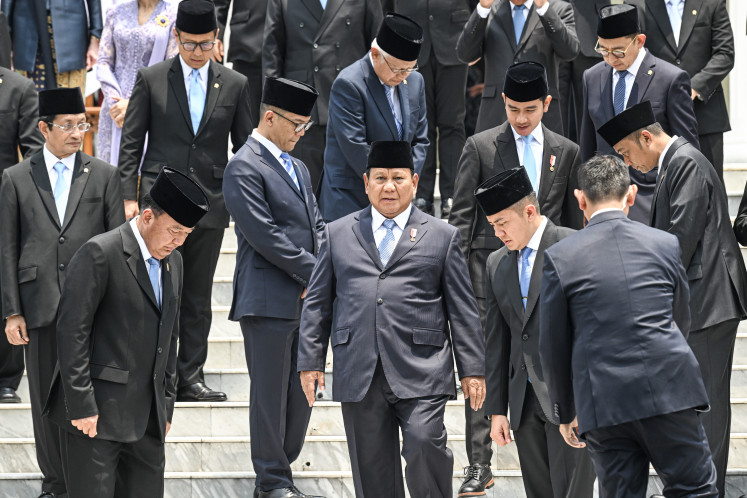Popular Reads
Top Results
Can't find what you're looking for?
View all search resultsPopular Reads
Top Results
Can't find what you're looking for?
View all search resultsCriteria vs. concrete steps to eradicate extreme poverty
Those who are rich tend to have sustainable passive income, while for the very poor transfers or aid are the biggest source of income.
Change text size
Gift Premium Articles
to Anyone
T
he discussion about measuring poverty has recently resurfaced. The World Bank's latest report, “Indonesia Poverty Assessment”, published in May, commends Indonesia for being able to reduce extreme poverty in Indonesia. However, the Bank suggests expanding the poverty line criteria using the latest per-capita income measures.
According to the Bank, based on the rupiah purchasing power parity and the US$1.90 extreme poverty line, Indonesia has succeeded in reducing the poverty rate from 19 percent in 2002 to 1.5 percent in 2022. However, as a candidate for an upper-middle-income country, according to the Bank, Indonesia needs to broaden its focus beyond extreme poverty by moving away from the poverty line of $1.90 per capita per day to the $3.20 poverty line.
To overcome this, Indonesia is urged to firmly establish a national poverty line that is contextual to conditions in the country but consistent across regions, starting at the provincial to regency/city levels.
Reflecting on the implementation of poverty programs in this country, over the years, there has been a significant transformation from in-kind to a direct-transfer mechanism to beneficiaries. This effort demonstrates the occurrence of digitization, which makes an aid-delivery system easier and more transparent.
These assistance programs as a social safety net for the community are in line with market changes and the needs of the poor in an increasingly user-friendly assistance mechanism. However, there are several important questions related to these programs, including in terms of coordination and synchronization for them, the beneficiaries.
Similar programs that have the potential to overlap are very likely to occur without cross-sectoral coordination and program synchronization between the center and the regions. Not to mention the matter of ensuring the accuracy of beneficiary data so the program is right on target, effective and timely.
Program coordination, synchronization and consolidation are still issues for beneficiaries. Furthermore, several studies were conducted with respondents from rural and urban poor communities who judged the programs they received came and went and did not sustain.
There is also a classic, persistent problem around the domination of those with capital with more assets. Regarding programs, is there really a program that is considered successful that continues to be strengthened by providing the community with capital they will use forever and sustainably?
Not to mention the inconsistency of the data on the poverty rate coupled with the complexity of what dimensions can be included in this calculation. This problem tends to easily trap sectoral interests and specific knowledge without being able to see the problem at a macro level.
Consequently, the big data related to poverty and the interpretations that come from various sources cannot agree on what is happening, which leads to the failure of the analysis to describe the existing trends. And this tends to culminate in advocating policy responses that match the available data and those sectoral views and personal possibilities.
Logically, personal income comes from three sources: work, assets and transfers. For the majority of the population, income derived from work usually comprises 80 percent of the money that goes into a family. But for the rich, income from work is far less than income from assets, and income from assets is far more important. Those who are rich tend to have sustainable passive income, while for the very poor transfers or aid are the biggest source of income.
As time goes by, income from work is increasingly insignificant compared to income from assets. Income from work becomes less significant in supporting the family economy, especially when talking about property income, which means income from work cannot be the only income for the family.
As a consequence, the poor who rely only on income from work will tend to be trapped in a constant poverty trap because it is difficult to escape from this bondage. So, an important question in alleviating poverty is how the poor can build their assets.
The poor must immediately get out of the poverty trap and find ways not to just depend on one job to support the family economy but to optimize assets and sources of passive income as well as transfer support from the government. With only a small amount of savings, they tend to find it difficult to escape from the trap and break the chain of poverty.
As the economic logic runs, the way to break the poverty cycle lies in capital that can be in the form of infrastructure to revive the business ecosystem while simultaneously suppressing the high-cost economy, on the other hand increasing the human resource capacity of the poor.
Especially for the poor, the most important asset is themselves, therefore the asset orientation policy is through education and training. Unfortunately, the existing system often perpetuates the poverty chain itself. For example, for asset subsidies, mechanisms like this tend to be distributed to non-poor people because subsidies like this require capital; for example, many public schools with government subsidies are located in non-poor areas.
Therefore, a breakthrough is needed to strengthen the poor to think beyond everyday logic by providing education and increasing the competence of the poor. Sustainable programs that are pro-poor must continue to be strengthened and amplified, updating data continuously to make it accurate and reliable, accompanied by continuous monitoring and evaluation to find the best solution to accelerate the eradication of extreme poverty in this country.
***
The writer is an assistant to the special presidential envoy for cooperation in poverty alleviation and food security. The views expressed are her own.

